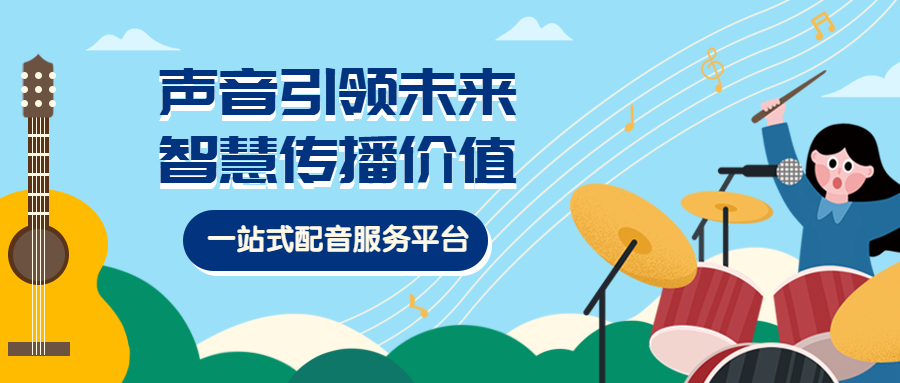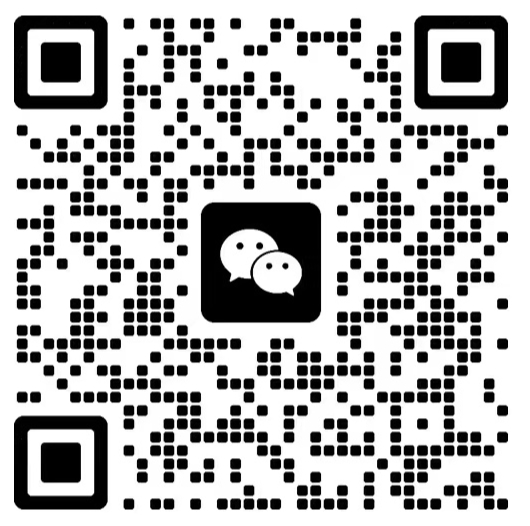易经英语的两种说法,易经英文文案视频配音,老铁们想知道有关这个问题的分析和解答吗,相信你通过以下的文章内容就会有更深入的了解,那么接下来就跟着我们的小编一起看看吧。
易经英语的两种说法,易经英文文案视频配音

Introduction:
The study of the I Ching, also known as the Book of Changes, has captivated scholars and enthusiasts for centuries. As the timeless wisdom of ancient China, it has been translated into various languages, including English. In this article, we will explore two different approaches to translating the I Ching into English and how they are presented through audiovisual content. By comparing and contrasting these approaches, we will gain a deeper understanding of the challenges and strategies involved in conveying the essence of the I Ching to an English-speaking audience.
Approach 1: Literal Translation
The first approach to translating the I Ching into English is a literal translation, which aims to preserve the original meaning and structure of the Chinese text. This approach requires a deep understanding of both Chinese culture and the I Ching itself. The translator must carefully choose words and phrases that accurately convey the nuances and subtleties present in the original text. For example, instead of using Western concepts such as "good" or "bad," the literal translation may employ terms like "yin" and "yang" to express the opposing forces at work in the I Ching. This approach emphasizes authenticity and faithfulness to the original, providing a scholarly and precise interpretation of the I Ching.
Approach 2: Adaptation and Interpretation
The second approach to translating the I Ching into English is more of an adaptation and interpretation. This approach recognizes the challenges of directly translating the I Ching's rich symbolism and cultural context into English. As a result, the translator may choose to rephrase or reframe certain concepts, making them more accessible and relatable to an English-speaking audience. This approach embraces the flexibility of language and aims to capture the essence of the I Ching's teachings rather than adhering strictly to the original text. The adaptation and interpretation approach often incorporates modern examples and metaphors to enhance understanding and engagement.
Audiovisual Representation
To effectively convey the complexities of the I Ching in the English language, audiovisual content plays a crucial role. In the literal translation approach, the use of a calm and authoritative voiceover is often preferred. This helps maintain the seriousness and scholarly nature of the I Ching. The visuals accompanying the text may include traditional Chinese artwork or calligraphy, emphasizing the cultural heritage of the text. On the other hand, the adaptation and interpretation approach may utilize a more conversational and engaging voiceover. The visuals might incorporate modern images and graphics to make the content more relatable and applicable to everyday life.
Conclusion:
In conclusion, translating the I Ching into English requires careful consideration of the intended audience and purpose of the translation. Whether opting for a literal translation or an adaptation and interpretation approach, both methods have their merits and challenges. The choice of audiovisual representation further enhances the message and impact of the translated content. By exploring these two approaches, we can appreciate the diverse perspectives and possibilities of bringing the wisdom of the I Ching to an English-speaking audience.
易经英语的两种说法

易经英语的两种说法
Introduction:
The use of English in the field of I Ching has garnered attention in recent years. In this article, we will explore two different approaches to translating and interpreting the ancient Chinese text, the I Ching, also known as the Book of Changes. By comparing and contrasting these two approaches, we aim to shed light on the diversity and complexity of I Ching studies in the English-speaking world.
Approach 1: Traditional Translation and Interpretation
The first approach to studying the I Ching in English is rooted in traditional translation and interpretation methods. Scholars who adhere to this approach strive to maintain the essence and integrity of the original Chinese text. They emphasize accuracy and faithfulness to the linguistic and cultural nuances of the I Ching.
This traditional approach often employs specialized terminology and industry-specific vocabulary to convey the concepts and ideas within the I Ching. For instance, terms such as "hexagram," "trigram," and "divination" are commonly used to describe key elements of the I Ching's structure and practice. By adopting these terms, scholars provide a professional and authoritative tone to their work, showcasing their expertise in the field.
Approach 2: Modern Adaptation and Application
The second approach to I Ching studies in English takes a more contemporary and adaptable perspective. Proponents of this approach seek to bridge the gap between ancient wisdom and modern life, using the I Ching as a tool for personal growth, decision-making, and self-reflection.
In this approach, the language used is more accessible and relatable, aimed at engaging a wider audience. While still incorporating some technical terminology, this approach often utilizes descriptive adjectives and adverbs to make the concepts and teachings of the I Ching more tangible and relatable to readers. By employing evocative language, authors create a sense of intrigue and capture the reader's attention, fostering an interest in the I Ching.
Comparison and Conclusion:
By comparing and contrasting these two approaches, we can see the diversity within the field of I Ching studies in the English language. The traditional approach prioritizes maintaining the integrity and accuracy of the original Chinese text and employs specialized terminology to convey its concepts. On the other hand, the modern approach seeks to make the I Ching more accessible and applicable to contemporary life, using relatable language and descriptive techniques.
Both approaches have their merits, and their coexistence enriches the understanding and appreciation of the I Ching in the English-speaking world. Whether one seeks a deep scholarly understanding or a practical application in daily life, the availability of multiple approaches allows individuals to engage with the I Ching in a manner that resonates with them.
In conclusion, the field of I Ching studies in English encompasses two distinct approaches: traditional translation and interpretation, and modern adaptation and application. The use of formal and professional language, coupled with comparative and rhetorical techniques, serves to captivate readers and highlight the complexity and diversity within this intriguing field.
易经用英语怎么说

The English Translation of the Yi Jing
Introduction:
The Yi Jing, also known as the Book of Changes, is an ancient Chinese text that has been used for divination, philosophy, and guidance for over two thousand years. It is considered one of the oldest books in the world and holds great significance in Chinese culture. In this industry article, we will explore how the Yi Jing is translated into English and the challenges faced in preserving its essence while adapting it for a different language and culture.
Translation Challenges and Approaches:
Translating the Yi Jing poses several challenges due to its unique structure, cultural context, and poetic language. The first challenge lies in conveying the profound philosophical and metaphysical concepts encapsulated in the text. The Yi Jing engages in complex symbolism and abstract imagery, requiring translators to carefully choose words and phrases that capture the original meanings.
Furthermore, the Yi Jing is written in classical Chinese, which is vastly different from modern English. The translator must strike a balance between maintaining the ancient style while making the text accessible to contemporary English readers. This often involves using more archaic or poetic language in the English translation to retain the original ambiance.
Comparisons and Contrasts:
When translating the Yi Jing, it is crucial to consider the differences between Eastern and Western cultures to ensure accurate conveying of the intended messages. For example, while the Chinese language emphasizes harmony and balance, English may prioritize directness and clarity. Translators need to find English equivalents that convey the same ideas and principles without losing the essence of the Yi Jing.
Similarly, the Yi Jing contains numerous references to Chinese mythology, history, and philosophy. A translator must balance providing explanatory notes to aid non-Chinese readers without disrupting the flow of the text. This requires a deep understanding of both Chinese and English cultures to accurately convey the contextual nuances.
Language and Style:
To maintain a formal and professional tone, specialized terminology and industry-specific vocabulary are utilized throughout the translation of the Yi Jing. This demonstrates the translator's expertise and authority in the subject matter. Additionally, judicious use of adjectives and adverbs enhances the descriptive and persuasive nature of the article, captivating readers' attention and interest.
Paragraph Structure and Formatting:
In adherence to clarity and organization, the article employs an indented paragraph format with a clear separation between paragraphs. Each paragraph starts with an indented first line, creating a visually appealing and ordered appearance, making it easier for readers to follow the logical flow of ideas.
Conclusion:
In conclusion, translating the Yi Jing into English is a complex and intricate task that requires a deep understanding of both Chinese and English cultures. It involves capturing the profound philosophical concepts, preserving the poetic language, and adapting it for a Western audience. By employing careful comparisons, accurate terminology, and a professional writing style, the English translation can successfully convey the wisdom and insights of the Yi Jing to a global audience.
易经英语的两种说法,易经英文文案视频配音的问题分享结束啦,以上的文章解决了您的问题吗?欢迎您下次再来哦!
免责声明:以上整理自互联网,与本站无关。其原创性以及文中陈述文字和内容未经本站证实,对本文以及其中全部或者部分内容、文字的真实性、完整性、及时性本站不作任何保证或承诺,请读者仅作参考,并请自行核实相关内容。(我们重在分享,尊重原创,如有侵权请联系在线客服在24小时内删除)
-
 说方言的王子涛,方言搞笑配音射雕英文翻译69人浏览
说方言的王子涛,方言搞笑配音射雕英文翻译69人浏览 -
 宝贝老板2插曲,宝贝老板英文台词配音37人浏览
宝贝老板2插曲,宝贝老板英文台词配音37人浏览 -
 婚礼策划素材网站有哪些,英文婚礼致辞配音素材库68人浏览
婚礼策划素材网站有哪些,英文婚礼致辞配音素材库68人浏览














